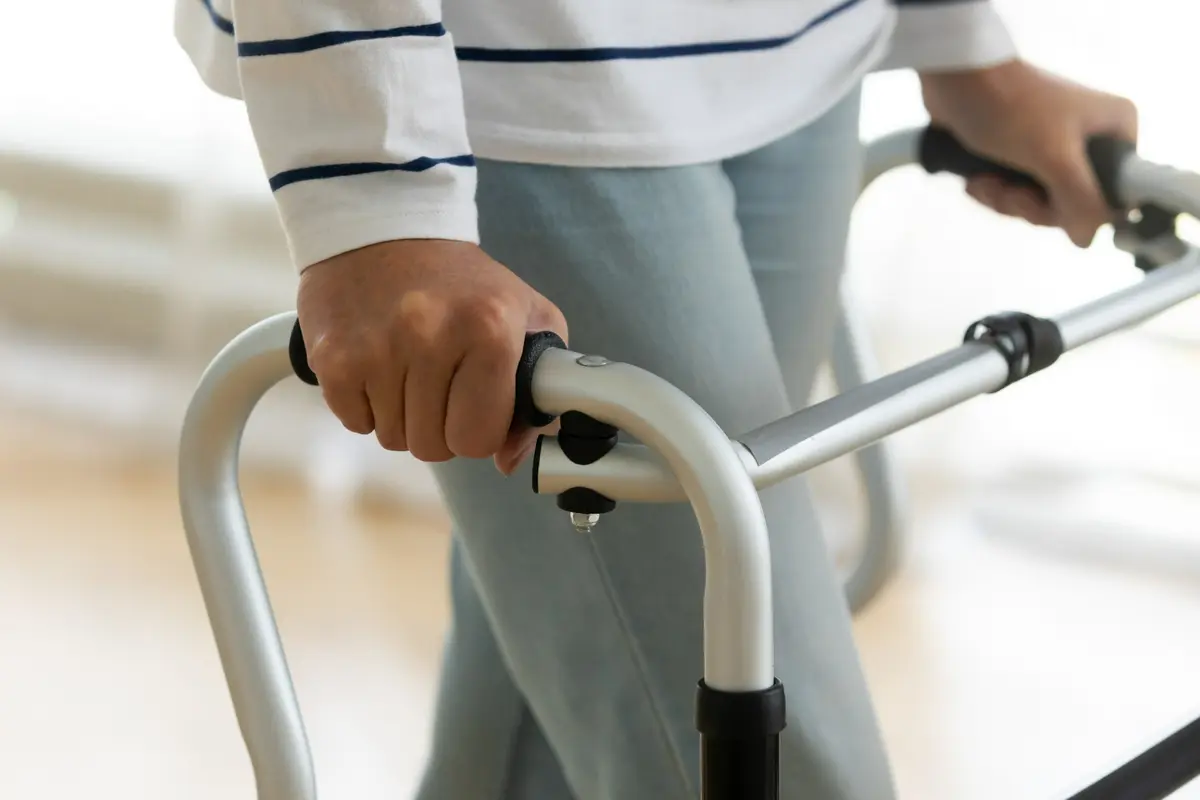Total Rehab Team
Last Update: 12/06/2023
Introduction.
After undergoing surgery, it is crucial to understand the importance of creating a conducive environment that promotes healing and supports your recovery. Your home plays a significant role in this process, offering comfort, safety, and the right conditions for a successful healing journey. This article will delve into the essential aspects of managing your home environment after surgery, providing practical tips and easy-to-follow advice to ensure a smooth and speedy recovery. Let's explore the key factors that can positively impact your healing process from the comfort of your home.
Preparing your home environment.
Please consider the following:
· Remove trip hazards.
· Ensure floors are clear.
· Ensure toilet and shower facilities are close by to reduce overexertion.
Resuming everyday activities after surgery.
Getting into bed
· It is easier to lead with the operated leg
· Start by sitting on the edge of the bed
· Slide your bottom back as far as you can with your legs together and bring your legs onto the bed
· It may be comfortable to place a pillow under your knees when lying on your back
Getting out of bed
· It is easier to lead with your operated leg.
· Slide one leg off the bed at a time towards to edge
· Use your hands on the bed to support your body.
· Once your feet are on the floor, place both of your walking aids in one hand and push up to stand.
Sit to stand from a chair, bed or toilet
· Move your bottom forwards to the edge of the surface.
· Place both of your walking aids in one hand and push up to stand.
· Having a raised toilet seat helps with lowering yourself and standing up.
Stand to sit
· Hold both crutches with one hand
· Stand in front and facing away from the chair
· Use one hand to hold the sitting surface of the chair.
· Use the crutches to slowly lower you down to the seat.
Ascending stairs
· Place your walking aids in one hand and hold the rail with the other.
· Take the first step with your good leg
· Followed by your operated leg
· The walking aid will be last
· You can step up with both legs onto one platform at a time for more comfort
Descending stairs
· Place your walking aids in one hand and hold the raise with the other.
· The walking aid goes down first
· Step down with your operated leg
· Then step down with your good leg
· You can step down with both legs onto one platform at a time for more comfort
Movement Restrictions.
For the first six weeks, avoid over-stretching your quadricep muscle if you received an autograph from that area or avoid over-stretching your hamstring if you received an autograph from your hamstring. You should also avoid twisting your knee when your foot is planted, for example, avoid a sudden change of direction when walking.
Pain Relief.
Once home, you must manage your pain by taking painkillers in a controlled manner as prescribed. This will help you to be more mobile to complete your exercises.
Swelling and Bruising.
Swelling around your hip or throughout your leg is normal. You can elevate your leg and take anti-inflammatory medication to reduce the swelling and ease discomfort.
Anticoagulants (blood thinners) may be prescribed for you to avoid deep-vein thrombosis (DVT).

Registered Medical Device


